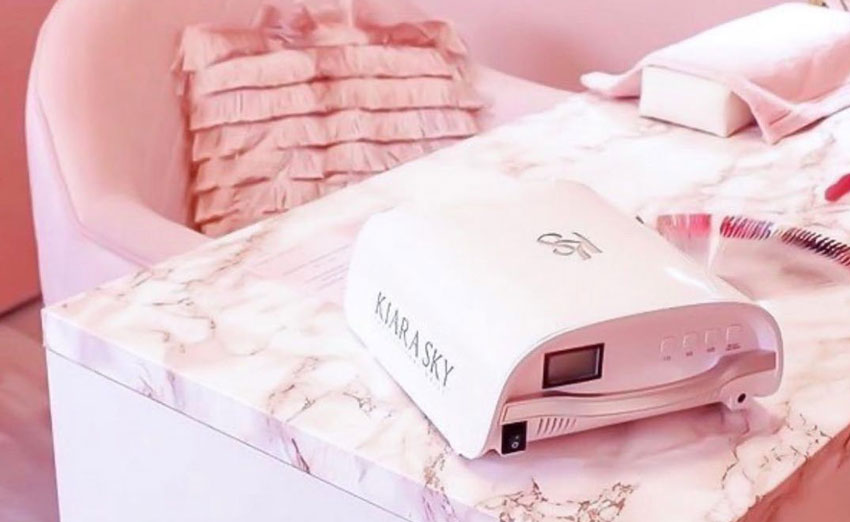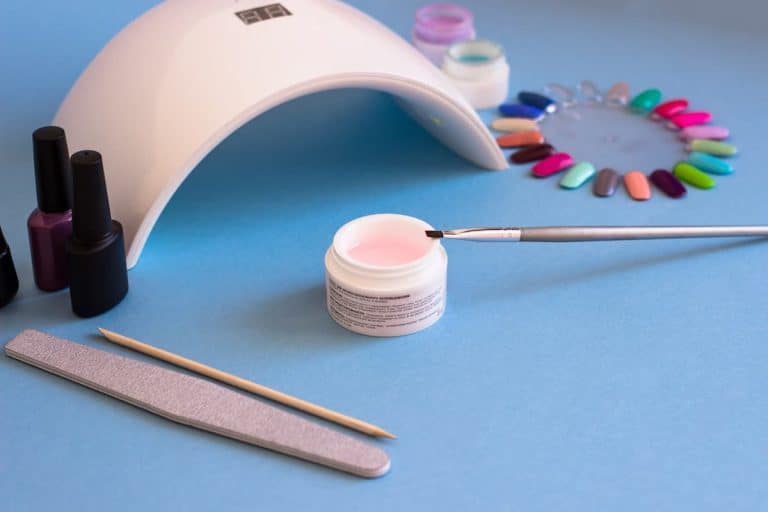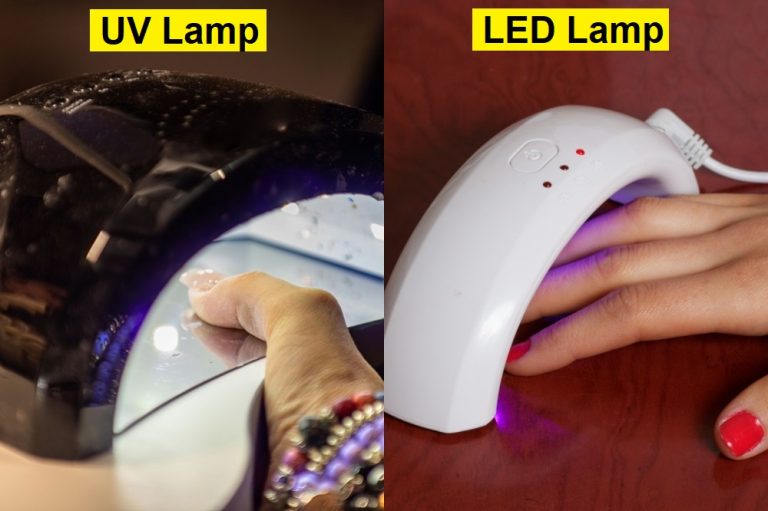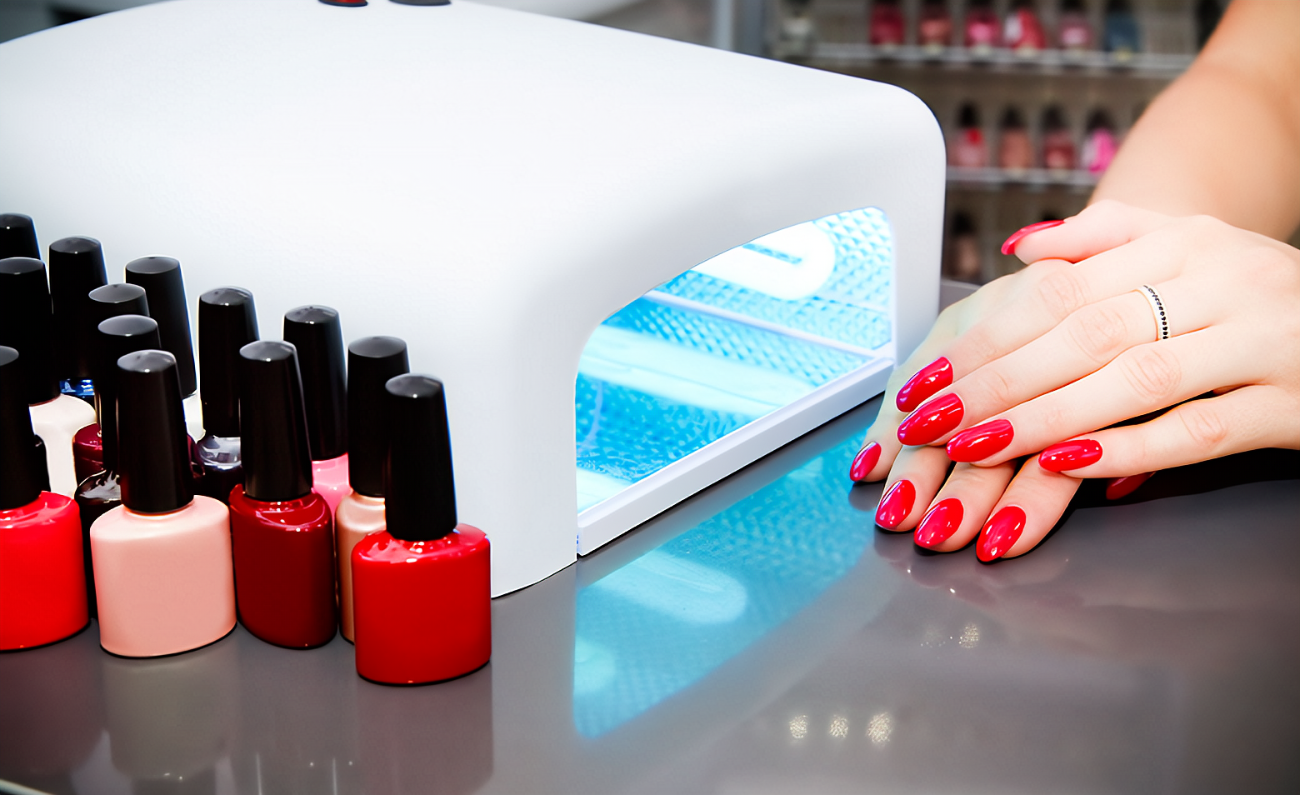In the world of gel nails, finding the right nail lamp is crucial for achieving flawless and long-lasting results. Two popular options dominate the market: LED nail lamps and UV nail lamps. Understanding the differences and advantages of each can help you make an informed decision. Let’s delve into the world of LED and UV nail lamps to find the perfect choice for your gel nails.
Understanding LED Nail Lamps:
LED nail lamps utilize Light Emitting Diodes to cure gel nails. These lamps emit specific wavelengths of light that target photoinitiators in the gel, initiating the curing process. LED nail lamps offer several benefits, including faster curing times compared to UV lamps. They can cure gel nails in as little as 30 seconds, reducing the overall time spent on a manicure. LED lamps are also energy-efficient, consuming less power and lasting longer than UV lamps. Although LED lamps may have a higher initial cost, their extended lifespan and efficiency make them a cost-effective choice in the long run.
Exploring UV Nail Lamps:
UV nail lamps use Ultraviolet light to cure gel nails. These lamps emit a broad spectrum of UV rays that react with photoinitiators in the gel, initiating polymerization. UV nail lamps offer versatility, as they are compatible with a wide range of gel nail products. Additionally, they are generally less expensive compared to LED lamps. However, UV lamps have a longer curing time, typically requiring 2-3 minutes to fully cure gel nails. Furthermore, there are concerns about potential UV exposure risks, although modern UV lamps often incorporate safety features to minimize such risks.
Key Factors to Consider:
When choosing between LED and UV nail lamps, several factors should be considered. Curing time is an essential consideration, especially if you value speed and efficiency. LED lamps offer significantly faster curing times compared to UV lamps. Compatibility with gel nail products is another crucial factor. UV lamps tend to be more versatile, working well with a wide range of gel formulas. However, many gel nail brands now offer products specifically formulated for LED lamps. Cost, durability, and safety are additional factors to assess based on personal preferences and requirements.
Technological Advancements and Innovations:
LED nail lamp technology has rapidly advanced in recent years. Some modern LED lamps feature dual light sources, combining UV and LED wavelengths for enhanced curing. This innovation allows for compatibility with both UV and LED gel nail products, providing more flexibility to nail technicians and enthusiasts. Furthermore, advancements in LED technology have led to even faster curing times, with some lamps curing gel nails in as little as 10-15 seconds. These improvements address concerns about curing time and widen the range of gel products compatible with LED lamps.
Tips for Usage and Maintenance:
To maximize the performance of LED and UV nail lamps, proper usage and maintenance are crucial. Correctly position your hands and nails within the lamp to ensure uniform curing. Regularly clean the lamps to remove dust or residue that may hinder the curing process. It is also important to replace bulbs as recommended by the manufacturer to maintain optimal performance. Following these tips will ensure long-lasting and efficient use of your nail lamp.
Frequently Asked Questions:
Q1: Can LED lamps cure all types of gel nails?
A1: Most gel nail brands now offer products specifically formulated for LED lamps. However, it is essential to check the compatibility of the gel products you intend to use with LED lamps.
Q2: Are UV nail lamps dangerous due to UV exposure?
A2: Modern UV nail lamps often incorporate safety features, such as shielding and filters, to minimize UV exposure risks. Additionally, using sunscreen or applying a broad-spectrum UV-protective coating can further reduce any potential risks.
Choosing between LED and UV nail lamps for gel nails is a matter of personal preference and specific needs. LED nail lamps offer faster curing times, energy efficiency, and longer lifespan, making them a popular choice for those seeking convenience and cost-effectiveness. UV nail lamps, on the other hand, provide versatility, compatibility with a wide range of gel products, and lower upfront costs. It’s important to consider factors such as curing time, compatibility, cost, durability, and safety when making your decision.
With advancements in LED technology, dual light source lamps have emerged, offering the benefits of both LED and UV wavelengths. These innovative lamps provide increased flexibility and compatibility with various gel nail products. Additionally, the rapid development of LED technology has resulted in even faster curing times, addressing one of the main concerns associated with LED lamps.
To ensure optimal performance and longevity of your nail lamp, follow usage and maintenance tips such as proper hand and nail placement, regular cleaning, and bulb replacement according to the manufacturer’s recommendations. Taking these steps will help you achieve consistent and flawless results with your gel manicures.
In conclusion, both LED and UV nail lamps have their advantages and considerations. Assess your priorities, preferences, and specific requirements to make an informed choice. Whether you opt for the speed and efficiency of LED lamps or the versatility of UV lamps, both options can deliver stunning gel nail results. So, go ahead and find the perfect nail lamp that suits your needs and take your gel manicures to the next level.




